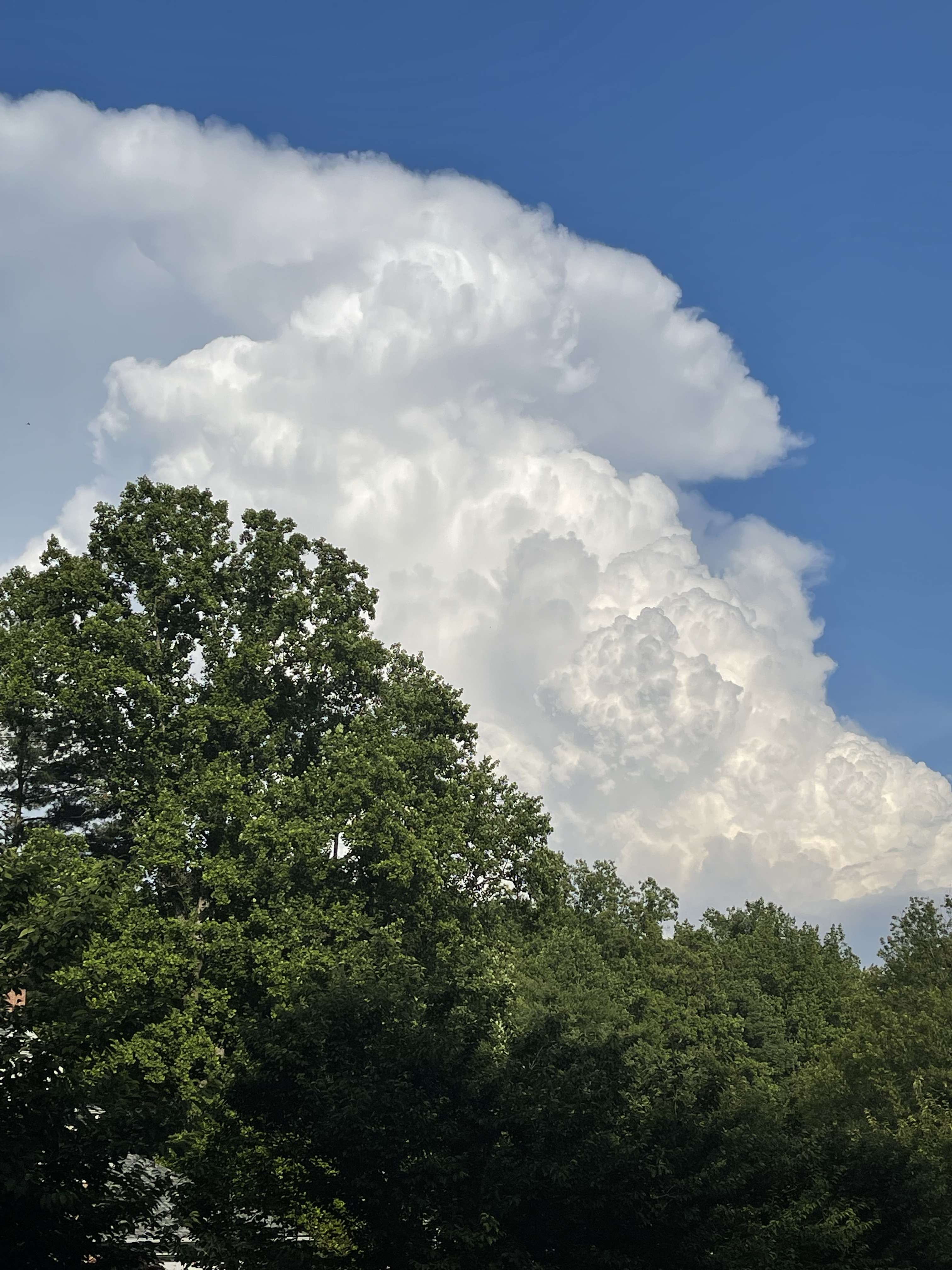-
Posts
44750 -
Joined
-
Last visited
-
Days Won
263
Everything posted by Phil
-
Fantastic work. Hope you're on the money. I really like how both of your analog aggregates are similar (from a macroscale standpoint). I always like to see that sort of homogeneity between splicing/timeseries.
-
This is a classic example of boreal winter re-emergence. Last winter's +PDO/cold pool is manifesting again at the surface thanks to the subsurface profile. Plenty of literature on this. Basically, the extratropical upper ocean mixing layer(s) deepens during the cold season as the upper oceans become more kinetically disturbed, hence the subsurface profile reflects more coherently at the sea surface. Note the change here over the last 7 days: http://www.tropicaltidbits.com/analysis/ocean/cdas-sflux_ssta7diff_global_1.png
-
My apologies. I've been swamped with work lately.
-
Made it down to 26.2 this morning. Growing season is definitely finished now. Currently 59.6/18. Haven't seen a dewpoint in the teens since last March I think.
-
FWIW, here'a 1996/97. Started out with the weak PV but strengthened to record breaking levels later in the winter/into the spring. That was a -QBO winter w/ a developing Niño cell, though, so perhaps the progression is different this go around. http://i724.photobucket.com/albums/ww243/phillywillie/Mobile%20Uploads/2016-11/CCEDCE5D-0E44-4C82-94BD-6E965B266FB5_zpsoqeayz1g.jpg
-
An extremely powerful cold front and microburst struck here last winter, on February 24th. A few areas experienced gusts at/above 80-100mph within "burst swaths". I ran into the basement upon hearing the huge roar in the distance, so I didn't catch the worst of it. Wimp.
-
Post-frontal snow squall last winter. Dropped a quick 1/2" within 10 minutes. Winds were 30-40mph during the squall, but increased to 40-55mph after the squall.



